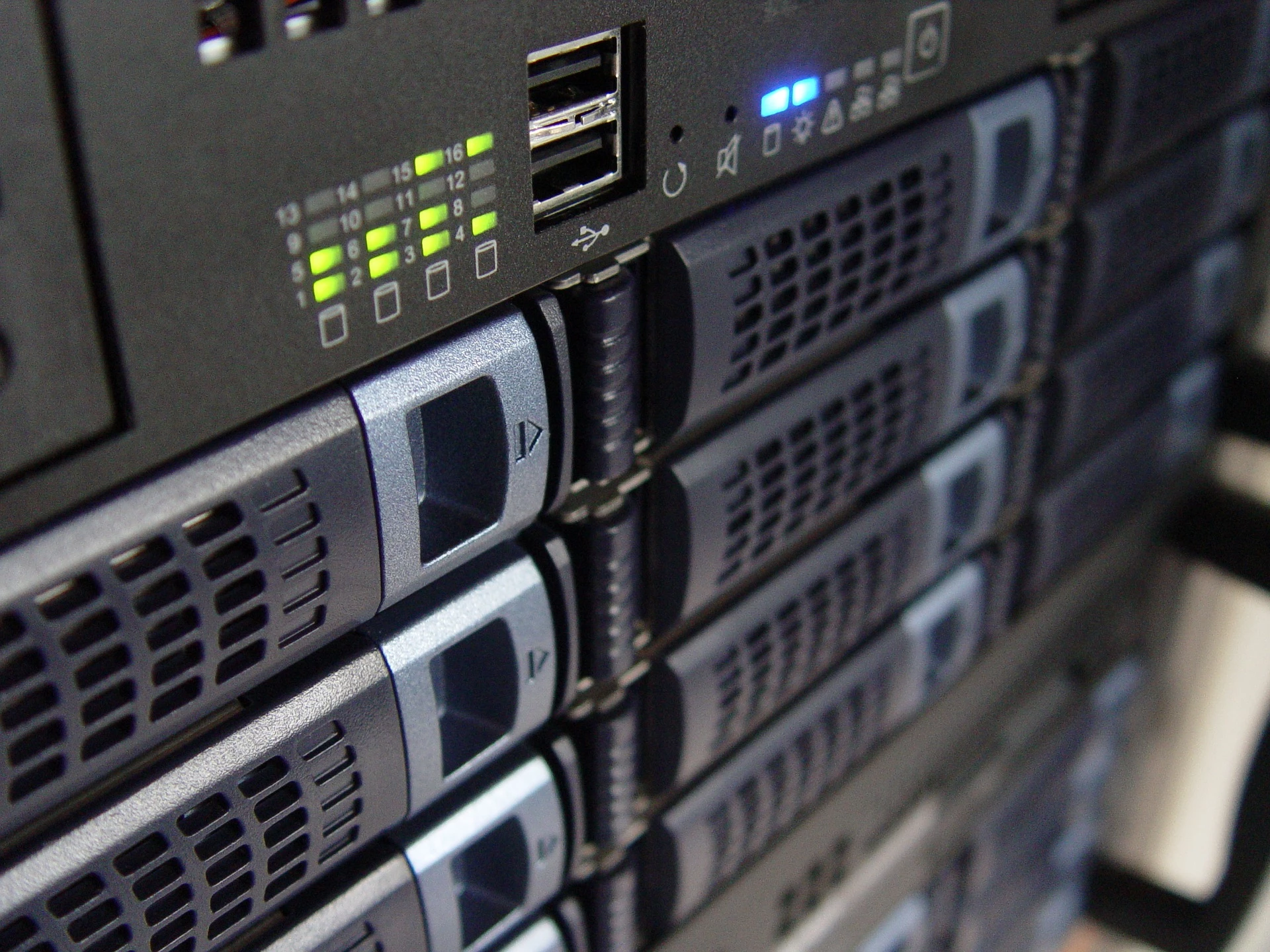
Member Article
5 reasons why it's time for an IT refresh
By Johan Pellicaan, Managing Director/VP EMEA at Scale Computing
In the ever-evolving world of IT hardware and software, change is inevitable. However, it’s difficult to know when the right time for an IT refresh is. Changing your storage provider is a difficult choice and perhaps you have got comfortable, you know how everything works or you fear you won’t be better off. Innovation drives the entire industry and there’s always pressure to adopt something new. But how can you tell when it’s time for an IT refresh?
- When performance becomes pain
Performance is critical when it comes to IT and this is where many frustrated IT professionals are let down. In today’s competitive market business pressure is high, organisations need to deliver and, when you are slowed down by latency and performance issues, it feels like lost time and money. IT is the engine that drives the business, and over time increased load and decreased efficiency will take its toll on the performance of the engine.
Performance issues can be dealt with in a number of ways, many IT experts will start by seeking out the problem and looking to address the bottleneck - however there is a breaking point. It is not dissimilar to a car engine, to start with it’s perfect, you might encounter a couple of teething problems along way that need repair, but the longer you use the car and the more mileage you rack up, the more problems you are likely to encounter. Each engine is only designed to last so long and eventually the cost of fixing the problem outweighs the cost of repair. Performance issues can be notoriously hard to diagnose, without expertise, and for that reason the pain of performance issues often demands IT infrastructure refresh.
- Datacentre consolidation
For a variety of reasons, datacentres often need consolidation - acquisition, restructuring, or relocating to name just a few. But it might not make sense to consolidate existing IT. Often multiple sites and different departments use different infrastructure technologies for no particular reason. While it is possible for a number of different SAN/NAS devices and hypervisor architectures to coexist, it adds complexity to the combined datacentre. This is a classic example where an IT infrastructure refresh is needed, to eliminate complexity and other rising concerns. More often than not, it is better to find one solution to meet the new requirements than to combine existing IT, as this can be become messy and complicated.
- Limited capacity
Planning for growth and additional capacity is a challenge and while many organisations over provision and add extra racks, these can fill up faster than expected. Capacity planning isn’t an exact science and while it is possible to add another storage device and cobble the two together, there are better ways to scale-out. Unpredicted growth is great for the business, it means the company is growing faster than expected and business is booming but for the underlining IT, it can become complex and expensive to manage. Software-defined scale-out storage, built into hyperconverged infrastructure solutions, offers very easy and cost-effective scaling on-demand. Refreshing with hyperconvergence is not only going to help scale storage effectively but also make scaling RAM and CPU a much simpler process.
- Outsourced IT
Outsourced IT consultants can design and build infrastructure with their own unique set of expertise - after all that is what they are asked to do. But fees for continuing to manage and maintain the solution can become expensive. With outsourced IT it can be difficult to figure out how anything is supposed to work, because it has been expertly put together or is a combination of older solutions that are no longer supported. When outsourced IT stops working or starts to become too expensive it’s the perfect time to rethink your infrastructure. It could be time to start over with a fresh solution that IT administrators can deal with, eliminating the need to outsource. IT doesn’t have to be complex and tricky.
- Cost
Older technologies like SANs, whether physical or virtual, are costly and were not designed for virtualisation in the first place. However, hypervisors and management solutions can also come at a large expense with ongoing software licensing fees. There is the cost of integrating storage, servers, virtualisation, management software and backup/DR to consider, combined with the expense of paying for a specialist to manage and maintain these systems. For organisations looking to make the budget stretch as far as it can and ensure return on investment, the costs of traditional virtualised architecture can be overwhelming. Avoiding these high costs is a primary reason IT professionals look at technologies like cloud and hyperconvergence to simplify IT and minimise cost.
Whatever the reason for an IT infrastructure refresh, it is an opportunity to lower costs, increase productivity, and plan for future growth. Identifying with these key concerns means there is room for improvement.
This was posted in Bdaily's Members' News section by Scale Computing .




 test article 123456789
test article 123456789
 hmcmh89cg45mh98-cg45hm89-
hmcmh89cg45mh98-cg45hm89-
 test456456456456456456
test456456456456456456
 test123123123123123123
test123123123123123123
 test xxxdiosphfjpodskhfiuodsh
test xxxdiosphfjpodskhfiuodsh
 Savour the flavour: North Tyneside Restaurant Week returns for 2024
Savour the flavour: North Tyneside Restaurant Week returns for 2024
 Six steps to finding the right buyer for your business
Six steps to finding the right buyer for your business
 Stephen signs off on a special night
Stephen signs off on a special night
 Life’s a Peachaus: Gillian Ridley Whittle
Life’s a Peachaus: Gillian Ridley Whittle
 Making a splash: Phil Groom
Making a splash: Phil Groom
 Making workplace wellbeing a priority
Making workplace wellbeing a priority
 A record of delivery, a promise of more: Ben Houchen
A record of delivery, a promise of more: Ben Houchen